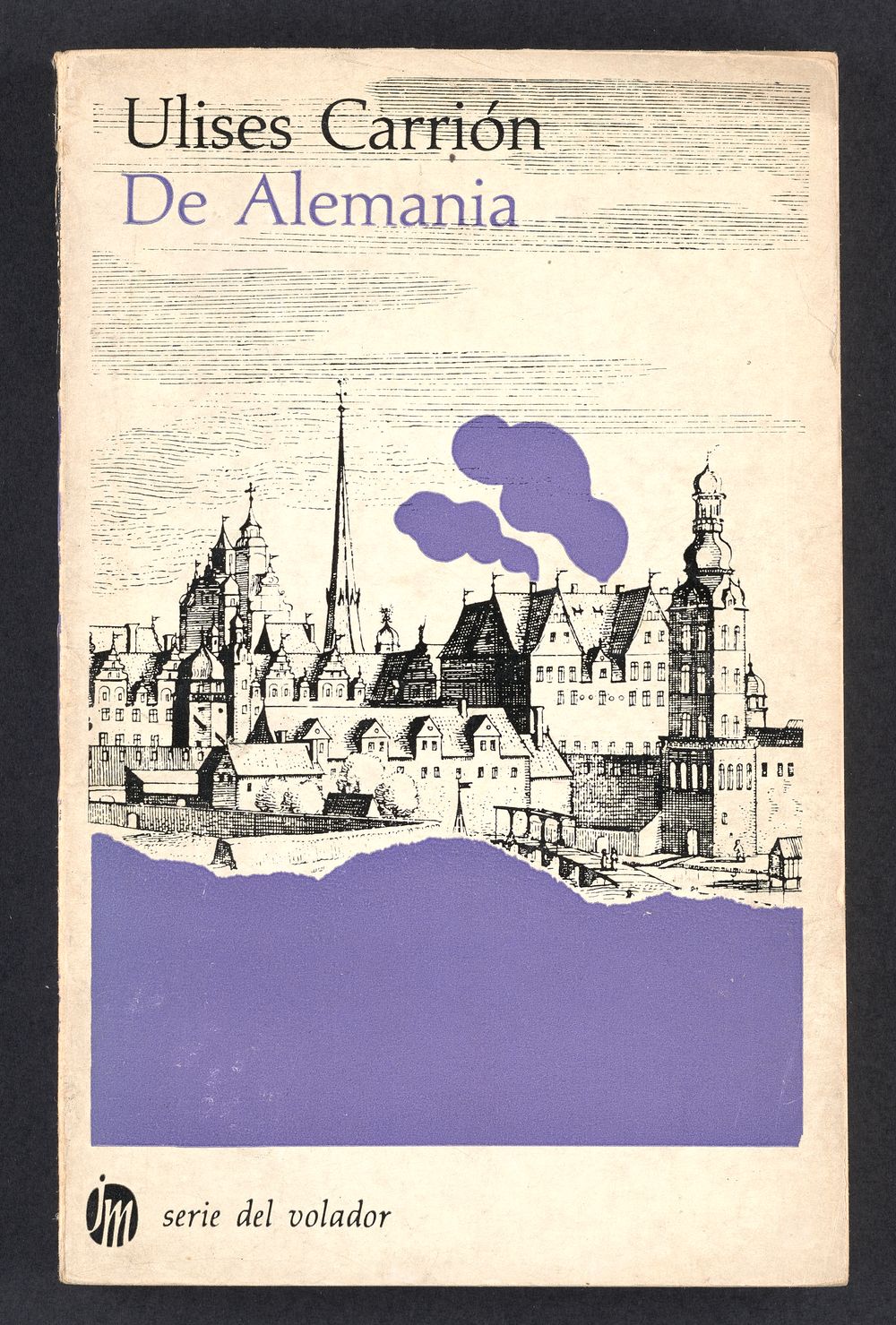From ‘Old Art’ to ‘New Art’
By the late 1960s, Carrión was regarded in Mexico’s literary world as a promising young fiction writer. Over several years studying in Europe and eventually settling in Amsterdam in 1972, he drastically transformed his approach to language and reinvented himself as an experimental artist. Though he remained in close contact with literary luminaries such as Octavio Paz, he began to conceive of language not as a vehicle for storytelling, but as one of the physical raw materials that comprises a book. His rejection of conventional literature culminated in his pioneering 1975 text “The New Art of Making Books,” where he states, “A writer, contrary to the popular opinion, does not write books. A writer writes texts.” Whereas literary writing has little connection to the physical medium of the book, Carrión’s “new art” envisions the book as a “space-time sequence” that brings craft, materiality, and rhythm to the fore.

Paperback collections of short stories
Ulises Carrión
At the beginning of his career, Ulises Carrión was celebrated by Mexico’s literary scene as a promising young writer of plays and fiction. La Muerte de Miss O (1966) and De Alemania (1970) were collections of character-driven short stories exploring psychological themes. The books were praised by influential literary journals, but after Carrión immigrated to Europe around 1970, he turned sharply away from narrative fiction and launched into far more conceptual and experimental ways of working with language.
Letter to Octavio Paz, October 22, 1972
Ulises Carrión
Typewritten letter
Plural Editorial Files (1971-1976), Princeton University Library Special Collections
In the early 1970s, Carrión maintained a lively correspondence with the renowned Mexican author Octavio Paz, with whom he debated the limits and possibilities of language and literature. These letters show Carrión developing the ideas that later became “The New Art of Making Books.” Carrión writes, “My texts are structures set in motion... What distinguishes them from the “other” kind of literature is that I don’t introduce any intention, any extrinsic content … to the structure itself.” He also comments upon the ease of self-publishing in Amsterdam: “books are getting smaller, cheaper, easier to read and easier to make. A writer can now make his or her own books. All you need is a mimeograph…”
“The New Art of Making Books,” in Kontexts no. 6/7, edited by Michael Gibbs, 1975
Ulises Carrión
Theoretical essay
In the “The New Art of Making Books,” Carrión argues that “Books, regarded as autonomous space-time sequences, offer an alternative to all existent literary genres.” This essay was first published in Plural magazine, edited by Octavio Paz, in 1975. The text’s bold vision of the book as a material and temporal medium liberated from its standard role as a carrier of textual content resonated across international art and literary spheres. Later that year, the essay appeared in English in Kontexts, an experimental art magazine published by British artist and poet Michael Gibbs (1949-2009). Kontexts brought together a selection of “experimental poetry and language art” from key currents such as Fluxus, concrete poetry, conceptual art, and sound poetry, embodying the spirit that animated Carrión’s ideas in “The New Art of Making Books.”
"El arte nuevo de hacer libros," in Plural: Revista Cultural de Excelsior, no. 41 (February 1975), edited by Octavio Paz
* Not Pictured
Poesías, 2007
Ulises Carrión
Visual poetry book
Poesías collects several of Carrión’s visual and sound poetry works from the early 1970s. These pieces embody his thinking about his texts as “structures set in motion,” exploring key building blocks of poetic form such as stanza, syllable, line and meter. Still, these texts cannot properly be considered bookworks, as they did not take the book in its entirety into account as a formal element.







